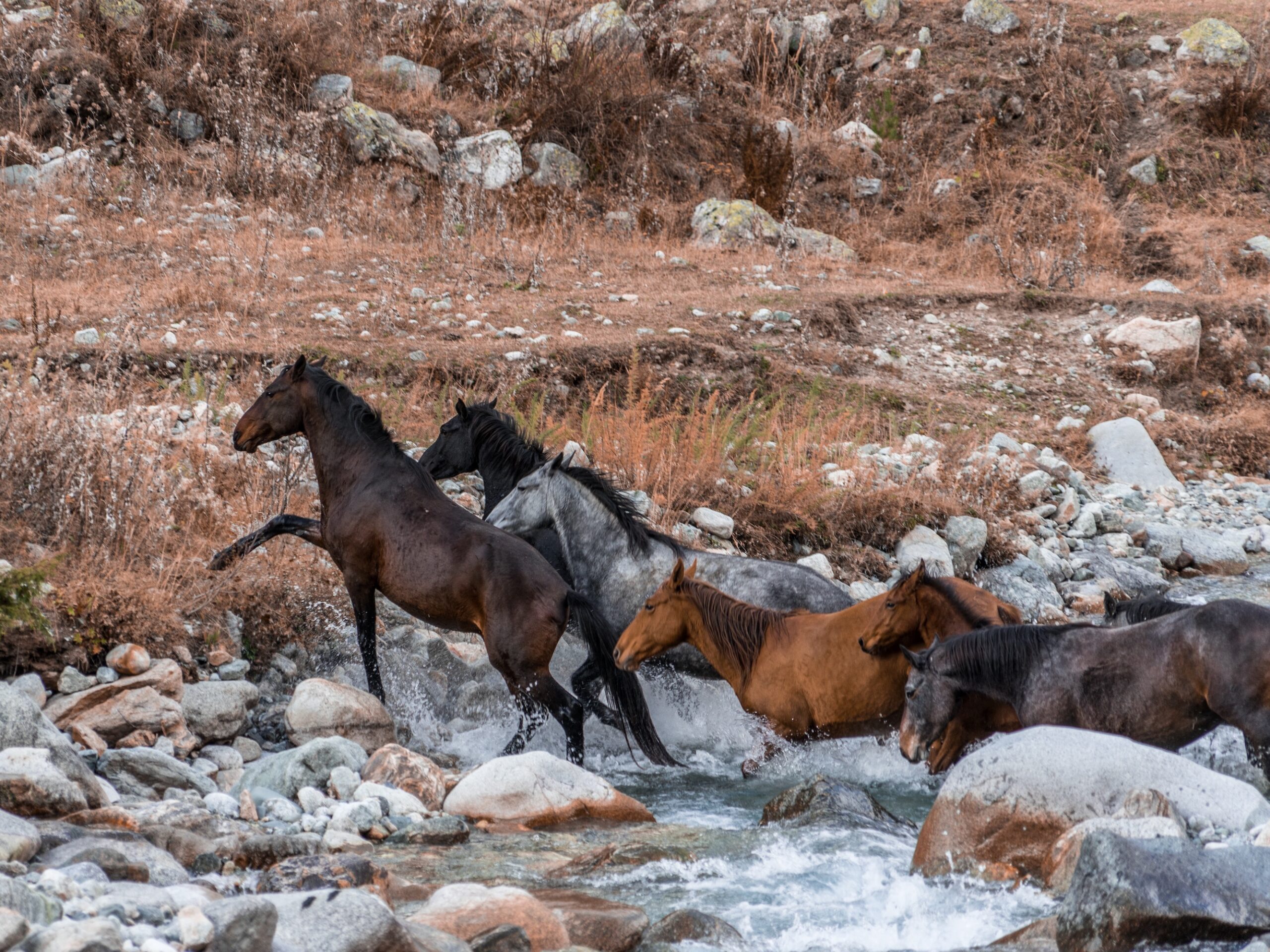When it comes to observing leadership dynamics, there is much to be learned from watching a herd of horses. In the presence of these majestic creatures, one can witness the unfolding of the leadership cycle and the shared responsibilities of awareness within the herd.
However, unlike horses, human leaders often find themselves isolated. They either shield themselves from the truth by surrounding themselves with sycophants, or they attempt to shoulder all the burdens of leadership alone—an impossible feat.
This article explores the lessons horses can teach us about effective leadership and how we can apply these insights in our own lives.
Horse Leadership Training: A Unique Approach
Beth Anstandig, a renowned coach and my dear friend, utilizes horses as an integral part of her leadership training. By engaging with horses, she establishes a communication channel with her clients that transcend our typical human interactions. Working with horses allows individuals to tap into a different level of awareness, unveiling four layers of consciousness that are profoundly enlightening.
Your Own Mammal System
The first layer of awareness involves introspection. It requires delving into your inner self and comprehending your thoughts, emotions, and behaviors. Understanding your own mammalian system is crucial as it forms the foundation of effective leadership. By gaining insight into your own being, you can harness your unique gifts and strengths.
Others
The second layer pertains to empathy and understanding those around you. It involves keen observation of others’ behaviors and an awareness of how they impact the collective. By developing this empathetic layer, you can create connections and build relationships based on trust and mutual understanding.
Us
Horses demonstrate an innate sense of connection within the herd. They remain attuned to one another, even when physically separated. This relational intelligence is the essence of the third layer of awareness—focusing on the collective. It entails examining the dynamics between individuals and the overall group. By discerning the quality of relationships within the team, you can foster an environment conducive to collaboration and synergy.
Surroundings
The fourth layer of awareness involves taking into account the external factors that affect the system. It requires attentiveness to the environment and the potential pressures it imposes on individuals or the group as a whole. By mindfully tuning into your own nervous system and acknowledging your reactions, you can gain a deeper understanding of how external forces influence your leadership.
The Power of Natural Leadership
Humans possess a unique capacity to follow leaders who are unbalanced or unstable—a trait unseen in any other species. This peculiar inclination can be detrimental, as individuals often endure unproductive meetings or unsatisfactory situations without initiating change. Adopting the principles of natural leadership allows us to break free from this pattern and truly observe our surroundings.
By cultivating a keen sense of observation, we can identify instances where individuals seek connection or attempt to distance themselves from pressures within a room. Recognizing these dynamics enables us to understand the underlying imbalances in a system. To embark on this journey, start by turning inward and examining your own desires and approaches to leadership. Are you calm and present enough to discern the intricacies of relational dynamics?
Once you have gained clarity from introspection, you can begin adjusting and experimenting with your approach. Discover how to bring out the best in your team members and uncover the true essence of what you need as a leader. By employing the four layers of awareness—reminiscent of how horses lead in a herd—you can attune yourself to the needs of individuals, the collective, and the environment. This heightened awareness allows you to sense the pressures impacting the group and proactively respond to them.
In a tuned-in group, members have the ability to detect when one of their own is experiencing pressure. The affected individual signals this discomfort and the rest of the group instinctively responds, providing support and assistance. This interconnectedness and responsiveness are integral aspects of effective leadership that can be learned from observing horses in a herd.
In conclusion, horses offer valuable lessons in leadership that humans can apply to their own lives. By embracing the four layers of awareness—self, others, the collective, and surroundings—we can enhance our leadership capabilities. Tuning into our own mammalian systems, fostering empathy, nurturing connections within the group, and remaining aware of external pressures are all essential elements of effective leadership.
As we strive to become more attuned leaders, let us draw inspiration from these magnificent creatures and strive for a leadership style that is balanced, connected, and responsive to the needs of those we lead.
This article is based on a podcast interview with Beth Anstandig – Listen here.

